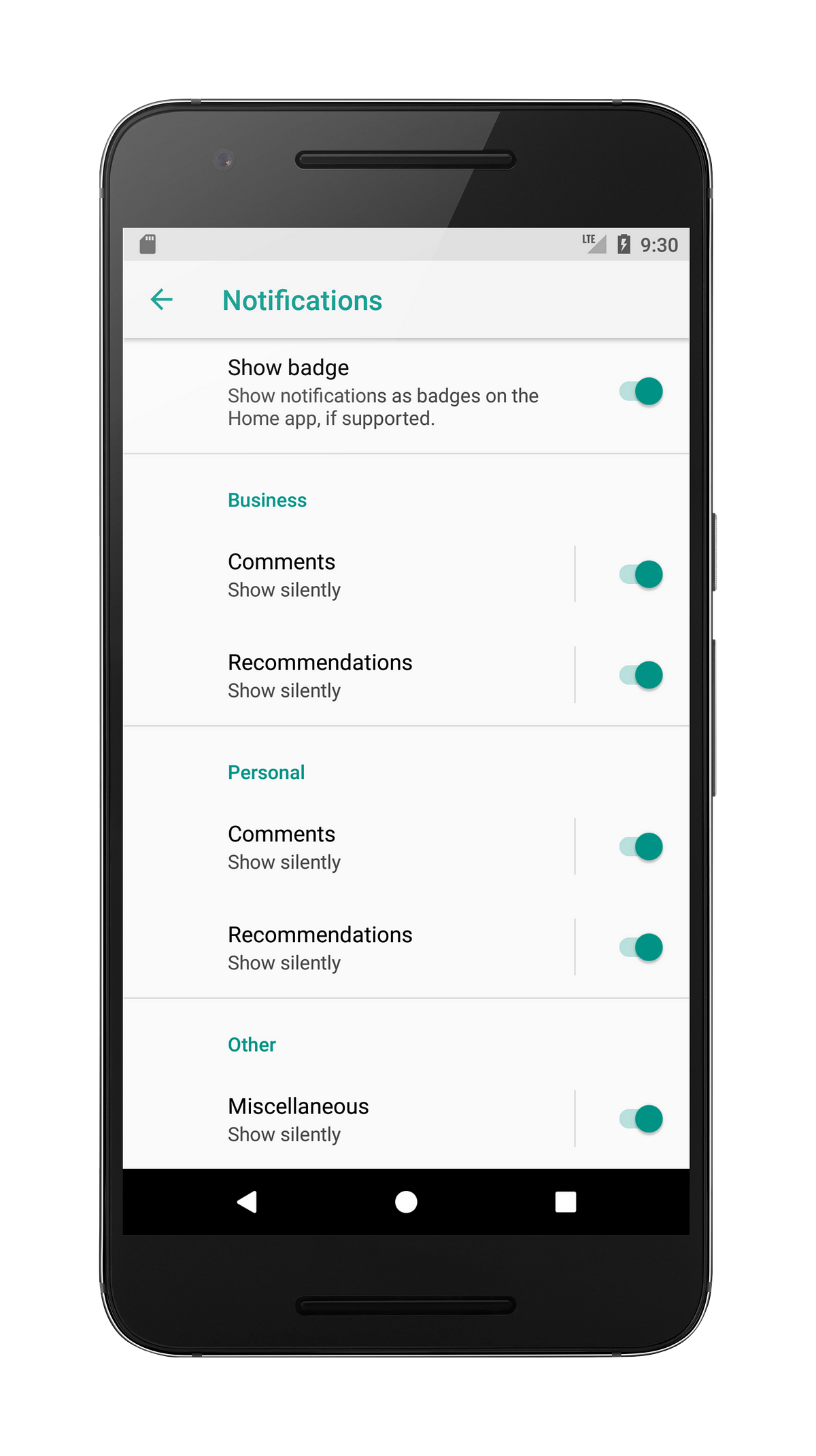The next version of Google’s sweet OS has finally landed and it brings to the table some new features and changes, for both users and developers. Let’s get into it.
Up front, some of the primary features are:-
1) Up to 2x faster bootup times.
Android’s latest offering makes it possible for your device to get up and going up to 2 times as fast as it could before.
2) Picture-in-Picture mode
One of the salient features that Oreo ushered in for mobile devices is PiP mode, which lets you watch a video in a minimized window while you use another app. It currently supports only a handful of apps like VLC, YouTube Red(there are workarounds for YouTube as well), WhatsApp beta, Google Duo etc.

3)Autofill APIs
Android 8.0 brings new Autofill APIs that let apps like password managers fill forms and login details automatically for you, saving you those countless boring hours of form filling drudgery.

4)Smart text select
If you’ve tried to copy a phone number from a text, you know how cumbersome it can be. No more says Android Oreo. Using machine learning, Oreo can now recognize the text you’re trying to copy, be it a location, URL or a phone number and accordingly show a popup for that app.

5)Notification channels and dots
Oreo introduces more granular control over notifications. You can now change notification settings not just by an app, but by channel or topic like alerts, storage, screenshots etc. Also, new notifications appear as a small colored circle on app icons. It doesn’t show the number of alerts though like iOS and 3rd party launchers do.


6)Project Treble
Project Treble is one of the most revolutionary features that Google has been working on for quite a while. Traditionally, Android updates have been hindered due to lack of OEM support, causing adoption rates of Android’s latest versions to be abysmally low. Basically, starting with Android Oreo, Google aims to modularize the architecture, keep certain aspects of the firmware futureproof, and leave just the device implementation to OEMs. This will make Android updates easier and faster.

Apart from these, there are a lot of other changes like inclusion of various Bluetooth codecs, background execution limits, Instant Apps, Adaptive icons, Kotlin support, Google Play Protect, new emojis and under-the-hood improvements.
All in all, Android 8.0 is not as visually drastic a transition as Lollipop, rather it is an incremental update which focuses on speed and efficiency and packs in small, yet useful design tweaks.

